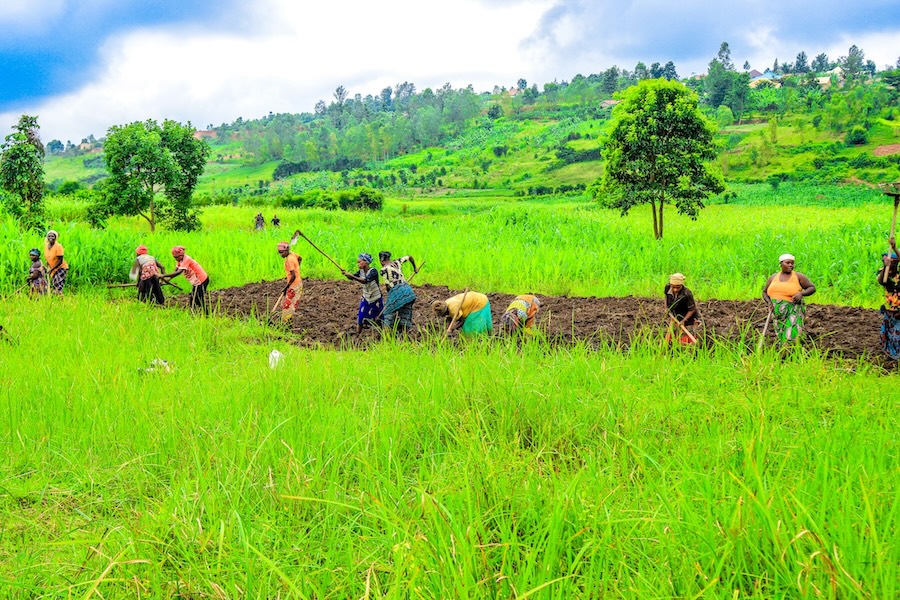Explore the critical role of land preparation in agriculture, its significance for optimizing crop growth and yield, and various techniques and practices involved in preparing the soil for planting


Land preparation is a foundational step in agricultural cultivation, essential for creating optimal conditions for plant growth and development. This process involves a series of activities aimed at conditioning the soil, removing debris, and leveling the land to facilitate planting and ensure uniform crop establishment. Proper land preparation sets the stage for successful crop production, allowing seeds or seedlings to germinate, establish roots, and access essential nutrients and water for healthy growth.
Effective land preparation encompasses several key practices, including plowing, harrowing, and leveling, tailored to the specific requirements of the crop and soil type. Plowing breaks up compacted soil, improves aeration, and incorporates organic matter, while harrowing further refines the soil surface, breaking down clods and leveling the field for uniform seed placement. Additional practices such as soil testing, amendment application, and drainage management may also be employed to address specific soil conditions and optimize crop performance.
While modern agricultural practices have introduced mechanized equipment and technologies for land preparation, traditional methods such as manual labor and animal-drawn implements are still prevalent in many regions. Regardless of the techniques used, proper land preparation is essential for maximizing crop yields, minimizing weed competition, and reducing the risk of soil erosion and nutrient leaching. By investing time and effort in thorough land preparation, farmers can lay a solid foundation for successful crop production and sustainable agricultural practices.
0 Comments
No comment yet

Leave a comment